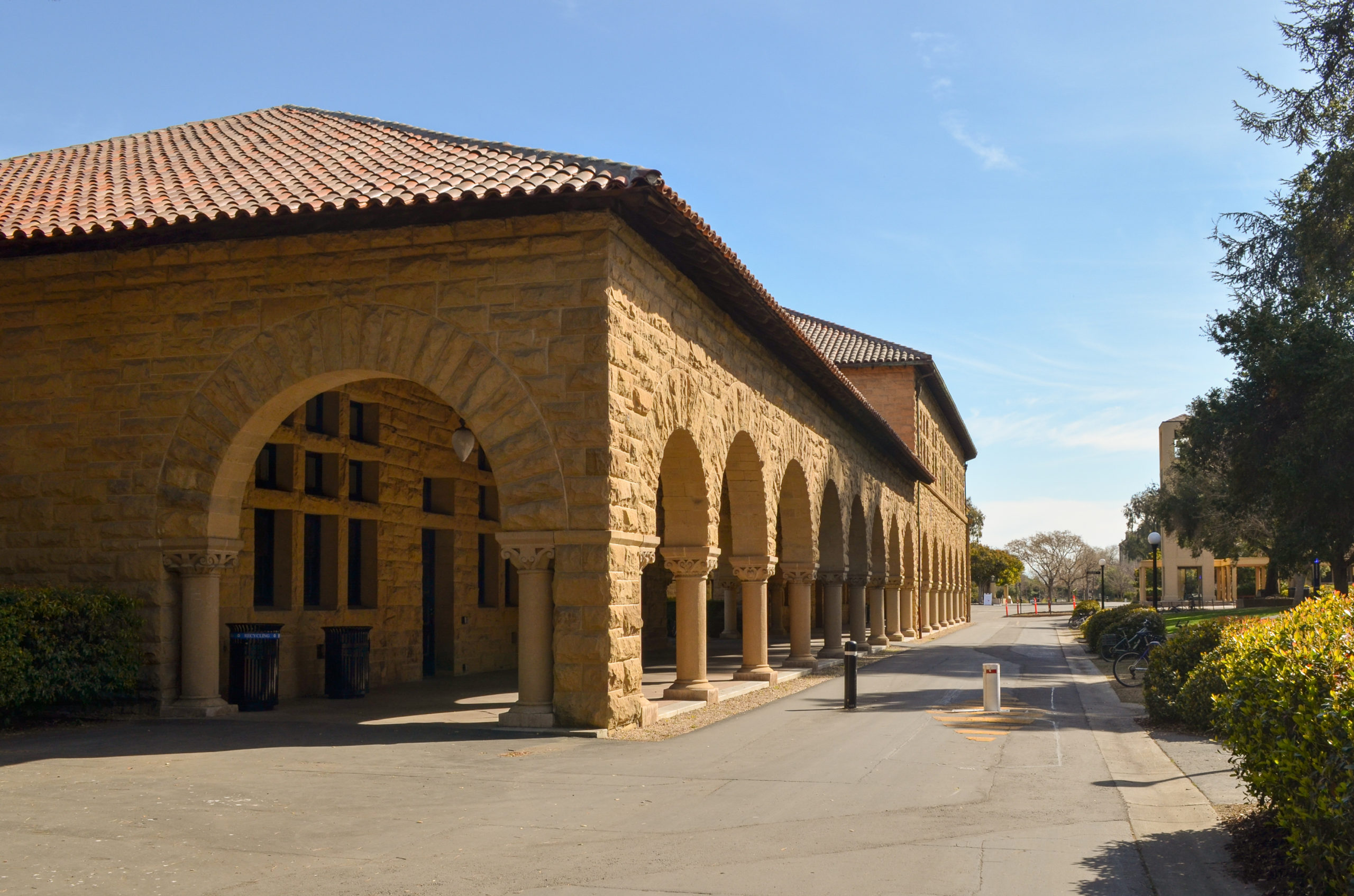Crews cooled a tunnel housing a particle accelerator to negative 456 degrees Fahrenheit — a temperature cooler than much of space — on April 15. Part of an upgrade project to Linac Coherent Light Source (LCLS), the accelerator in Menlo Park was ready for initial operations on May 10.
This milestone is an important step toward producing X-ray pulses 10,000 times brighter than the original particle accelerator’s X-ray pulses. The pulses can also arrive up to a million times per second faster than before using the same amount of power according to Stanford Linear Accelerator Center (SLAC). Cooling to such low temperatures means the accelerator can boost electrons to high energies with minimal energy loss, an important property for producing X-ray light.
“In just a few hours, LCLS-II will produce more X-ray pulses than the current laser has generated in its entire lifetime,” director of LCLS Mike Dunne told SLAC. “Data that once might have taken months to collect could be produced in minutes.”
The LCLS-II project began in 2013 when SLAC sought to boost the X-ray pulse rate to a million pulses. Parts of the old accelerator were removed and new accelerator modules with metal cavities were installed before they were nested into three layers of cooling equipment. The layers lower the temperature until near absolute zero so the cavities can become superconducting. The cooling process must be done carefully to avoid damaging the modules, according to Andrew Burrill, director of SLAC’s Accelerator Directorate.
“Unlike the copper accelerator powering LCLS, which operates at ambient temperature, the LCLS-II superconducting accelerator operates at 2 kelvins, only about 4 degrees Fahrenheit above absolute zero, the lowest possible temperature,” Director of the Cryogenic Division Eric Fauve told SLAC.
The project also required other upgraded components, such as a new electron source and strings of magnets to generate different types of X-rays. Hard X-rays will be used for imaging materials and biological systems and soft X-rays will be used for tracking energy flows at the atomic level especially in chemistry and energy technology.
Extensive collaboration occurred to bring this upgrade project to fruition. SLAC built partnerships with Argonne, Berkeley Lab, Fermilab, Jefferson Lab and Cornell University. SLAC deputy director and the project director for LCLS-II Norbert Holtkamp told SLAC, “We couldn’t have made it to where we are now without these ongoing partnerships and the expertise and commitment of our collaborators.”
The next step is to pump a megawatt of microwave power into the cooled metal cavities to accelerate the electron beam to nearly the speed of light. The beam will then be sent through undulators. If it is correctly aligned, it can emit X-ray pulses.
The first X-rays are expected to be produced later this year which will greatly expand the energy ranges in which researchers can conduct experiments at SLAC, produce more data in less time and increase the number of experiments that can run simultaneously.
